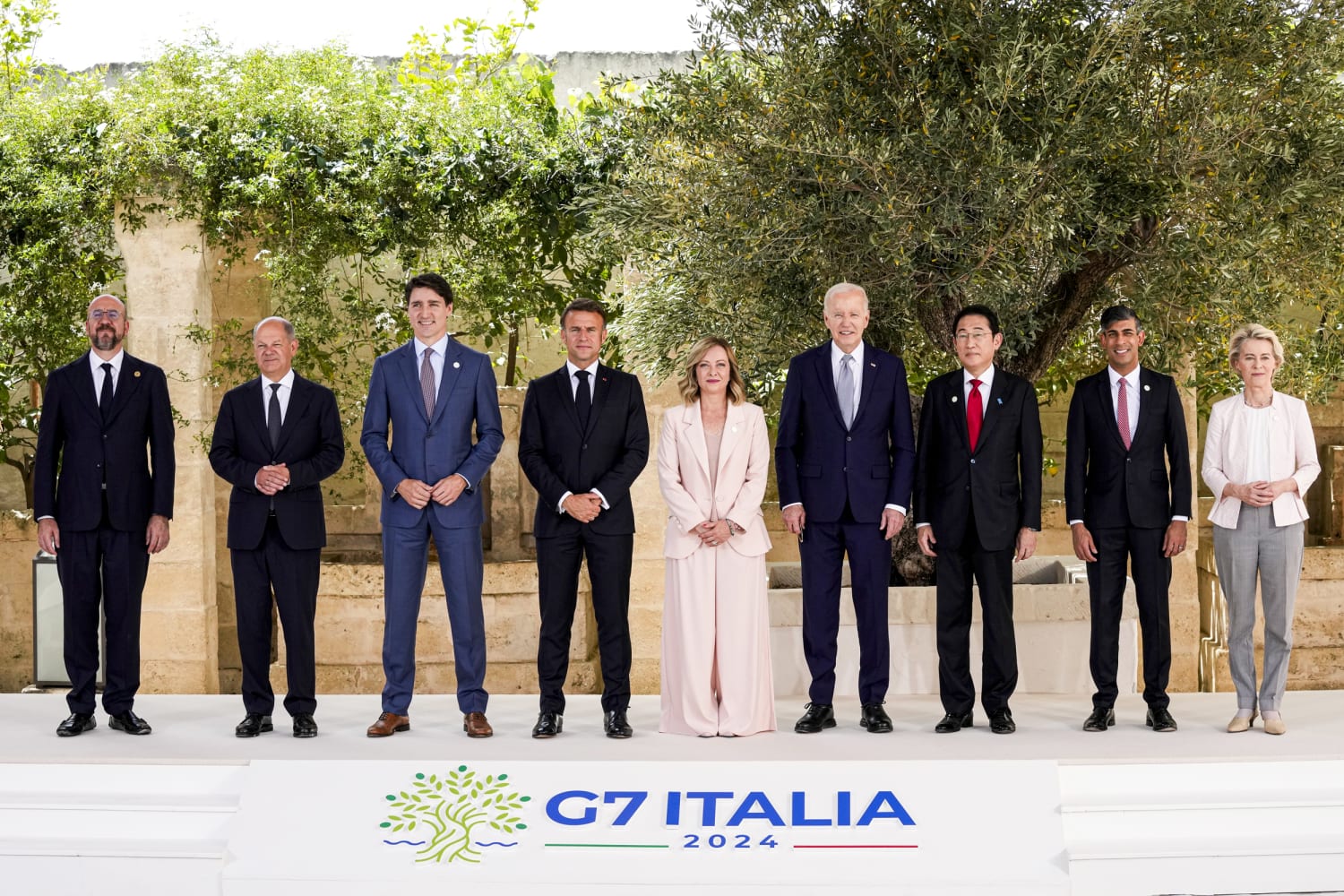Last week, leaders of the Four Pillars met for the G7 Leaders’ Summit 2024 in Bari, Italy and also for Ukraine’s peace talks hosted in Switzerland. Most of the Four Pillars, or member-states that make up a Pillar, are parts of the G7 – the US, Japan, and the European states and the EU itself. India was also present as a key and growing state for cooperation in the Asia-Pacific.
Affirming their support for Ukraine, the US, a Pillar, announced a security agreement with Kyiv, expanding commitments and aid. Additionally, G7 leaders have agreed to use frozen Russian assets for Ukrainian aid – for $50 billion. Although this proposal was floated last year and even in 2022, there was no real will to enact it until now. It may be a year too late for this to come to fruition, but better late than never.
In Switzerland, even though the peace talks may be political theater for now – Russia is not attending and China has been undermining these efforts – it showed that the Pillars and Ukraine are still open to peaceful resolutions, but one that still respects Ukraine’s sovereignty.
While leaders of the Four Pillars meet and discuss these issues, let us remember what happens on the other side:
- Trump threatens to cut US aid to Ukraine quickly if reelected
- New China rules allow detention of foreigners in South China Sea
It is doubly vital that the Four Pillars (and by extension, organizations like NATO and G7) continue to work together to contain these threats to the rules-based and liberal-democratic order.

